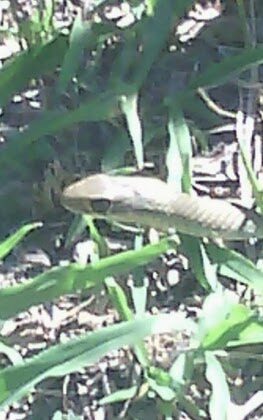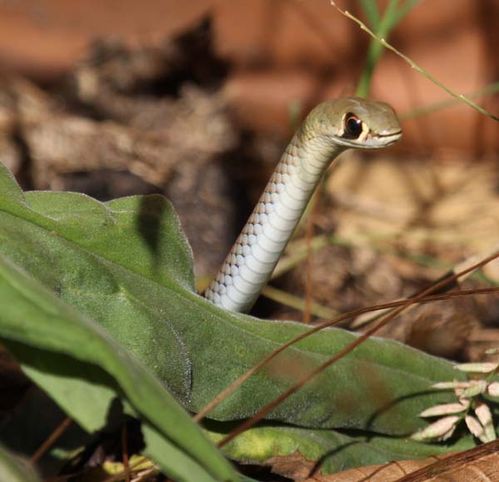We have a new member of the family; Stag. He is a Wiltshire horn ram. The original idea was to have sheep as lawn mowers to keep the fire breaks clear and to provide some meat for the freezer in the form of lambs each year. So far I have avoided breeding my girls because I didn't want to face the idea of eating their babies, but the time has come to let them fulfill their maternal drive. I think I will try to sell as many babies as I can.
I found Stag on Gumtree, on a conveniently situated property only two hours drive away. After a visit to check him out in person, we decided to buy him. He came home with us today and is now happily eating with the girls. We will have babies to look forward to in early August.
 |
| Our first meeting; Stag loves white sapote leaves. |
Interestingly, Stag's breeders regularly fed him handfuls of white sapote leaf (his favorite food), a little research has revealed that these leaves have a sedative and blood pressure lowering effect on mammals. I hope this doesn't mean that his quiet nature is due to being mildly sedated most of his life.
The guinea fowl were very worried to discover a new sheep in the home paddock and told everyone about it for a few minutes.
 |
| The girls were nervous about having a boy in the paddock at first. |
 |
| But it didn't take them long to figure out the possibilities. |
 |
| We put new bedding in the shelter and added a hay net and a mineral lick, now all we need are some rose petals and the romantic scene is all set. |

























